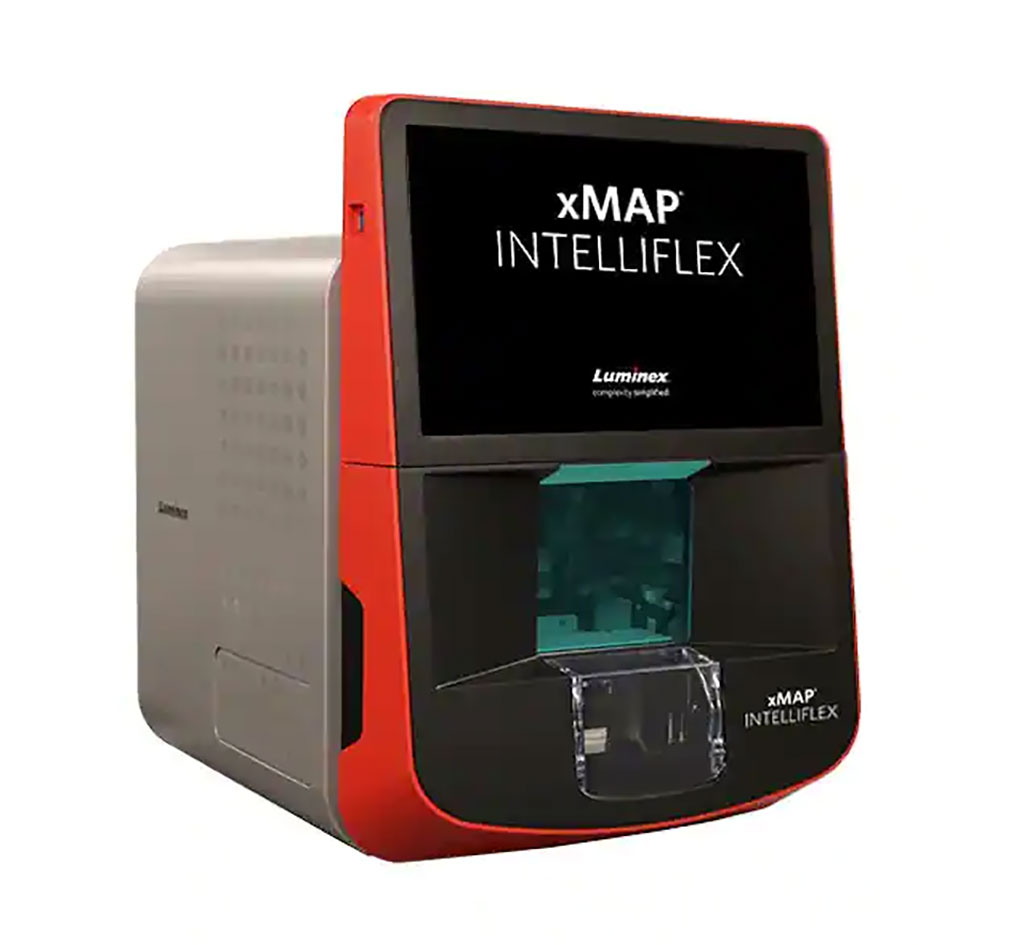Assay Developed to Measure Anti-Factor VIII Antibodies
Posted on 21 Nov 2022
Hemophilia is a mostly inherited genetic disorder that impairs the body's ability to make blood clots, a process needed to stop bleeding. This results in people bleeding for a longer time after an injury, easy bruising, and an increased risk of bleeding inside joints or the brain.
The development of neutralizing (inhibitors) and non-neutralizing antibodies (NNAs) is a complication to factor replacement therapy in hemophilia. The diagnostic methods available lack standardization, have high inter-laboratory variation, and false-negative as well as false-positive results may affect treatment.

Medical Laboratory Scientists at the University and Regional Laboratories Region Skåne (Skåne, Sweden) analyzed 112 samples obtained from patients with hemophilia A. They developed a diagnostic approach for measuring neutralizing inhibitors and non-neutralizing antibodies (NNAs) to factor VIII (FVIII) based on the xMAP-based fluorescence immunoassay (xFLI, Luminex Corporation, Austin, TX, USA).
The diagnostic approach developed by the scientists involved an xFLI system that they prepared in the laboratory. With this approach, they used commercially available FVIII concentrates coupled to dye-labeled magnetic beads, which could then be used for immunoassays. The FVIII concentrates were a full-length product (Advate, Lexington, MA, USA) and a product lacking in B domain (NovoEight, Plainsboro, NJ, USA). They compared xFLI-based results with those obtained using an enzyme-linked immunosorbent assay (ELISA) and another approach called the chromogenic Bethesda-Nijmegen Assay (CBA).
The investigators reported that the xFLI system using Advate FVIII concentrate showed a statistically significant correlation with the ELISA system in detecting anti-FVIII antibodies. In analyses of 86 samples, the xFLI system using Advate also showed a significant correlation with results from the CBA system for detecting anti-FVIII antibodies. In investigations comparing the xFLI system with NovoEight FVIII concentrate, significant correlations were also seen with the ELISA approach and with the CBA approach.
Analyses using ELISA and CBA methods demonstrated a concordance of 69.8% with each other. Overall concordance between the xFLI system and the ELISA approach was calculated to be 82.1%, and between the xFLI system and for the CBA approach it was 77.9%. Sensitivity also appeared improved with xFLI than with both ELISA and CBA approaches.
The authors concluded that the anti-FVIII antibody xFLI method is adaptable to clinical practice and more sensitive and reproducible than ELISA and CBA. Actual NNA titers were determined to both full-length and B-domain deleted FVIII. The xFLI is thus valuable for confirmation of all anti-FVIII antibodies. The study was published on October 3, 2022 in the journal Haemophilia.
Related Links:
University and Regional Laboratories Region Skåne
Luminex Corporation
Advate
NovoEight













